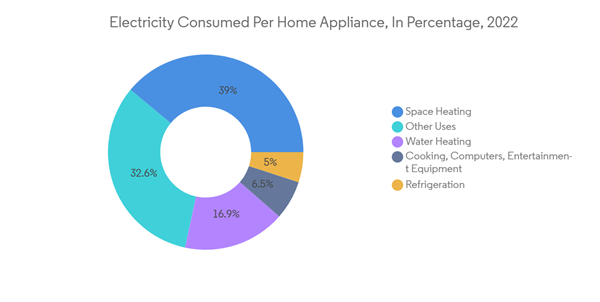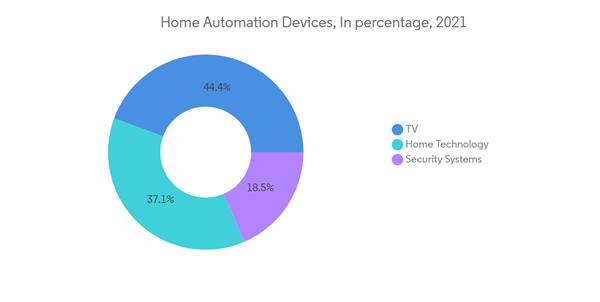In most European countries, the products which are manufactured by a local vendor have comparatively good preference than that of the others which clearly signifies their preference to encourage their own domestic market. Local manufacturers can never get a good market share unless the products are qualitative are have affordable prices. This, in short, can be explained as the Germans prefer to use products that have features like flexibility, multi-utilization/ multi-functional features, convenience to use, eco-friendly, less energy-utilization and are of low/reasonable cost. E-commerce also has a greater scope in Germany but only when they assure German’s personal/banking data is protected and not subjective to openness at any of the digital or any other platforms.
As the COVID-19 crisis hit Germany, health and hygiene became hot topics, leading consumers to stockpile products. With the increased time spent at home, sales of various products associated with the home also went up, such as dishwashing products, with projected value growth within 7-9%, due to consumers cooking more meals at home as the result of closure of various consumer foodservice outlets for almost two months and more cautious perception of eating out even when outlets reopened.
Stable growth is anticipated in the major product segment in Germany. Factors such as changing lifestyle, increasing purchasing power, and migration of rural people to urban areas are responsible for the market growth. Demand for household appliances depends on remodeling and renovation of homes, consumer income, and changing the appliance, due to breakdown. The major domestic household appliances market is anticipated to increase rapidly during the forecast period.
Germany Home Appliances Market Trends
Rising Electricity Costs And Increasing Technological Advancements is Driving the Demand for Energy-Efficient Home Appliances
Consumers in the home are extremely concerned about the rising expense of electricity bills. An extensive quantity of electricity is used by equipment like air conditioners, refrigerators, water heaters, lighting fixtures, as well as home entertainment systems. The homes are turning to energy-saving measures as a result of these higher expenditures. Smart home appliances that can communicate with each other have become an excellent option in such a situation. As a result, households are implementing smart home gadgets to reduce energy expenditures. Wireless communication technology developments would enable remote control of residential equipment.Growing Popularity Of Smart Home Appliances is Driving the Growth of the Market
The growing popularity of smart home appliances is a major trend in the market. Smart home appliances are devices that are connected to other devices via the internet, and other technologies such as Bluetooth, near-field communication (NFC), and Wi-Fi. The increased popularity of smart appliances can be attributed to the increased demand for smart homes, the rise in internet and smartphone penetration, and energy efficiency initiatives. The rise of the Internet of Things (IoT) technology also supports the development of smart appliances. Smart appliances are generally more energy-efficient than their traditional counterparts.According to a survey conducted by the German industry group Bitkom, 41% of all Germans had at least one smart home device installed in 2021.
Germany Home Appliances Market Competitor Analysis
The report covers major international players operating in the German home appliances market. Innovation in the product is driving growth for the majority of top players. The Germany Home appliance market is fragmented with various local and global players present in the market. Local manufacturers can gain a good market share if the products are of high quality and have affordable prices. The country holds less scope for newcomers to enter. However, by providing higher qualitative appliances the new players can target the market. It has major players Panasonic Corporation, LG Electronics, Electrolux AB, Samsung Electronics, and Whirlpool Corporation.Additional Benefits:
- The market estimate (ME) sheet in Excel format
- 3 months of analyst support
Table of Contents
Companies Mentioned (Partial List)
A selection of companies mentioned in this report includes, but is not limited to:
- Whirlpool Corporation
- Electrolux AB
- LG Electronics
- Samsung Electronics
- Panasonic Corporation
- Haier Electronics Group Co. Ltd,
- BSH Hausgeräte GmbH
- Arcelik A.S
- Gorenje Group
- Mitsubishi Electric Corporation
- Midea Group Co., Ltd.
- Philips










